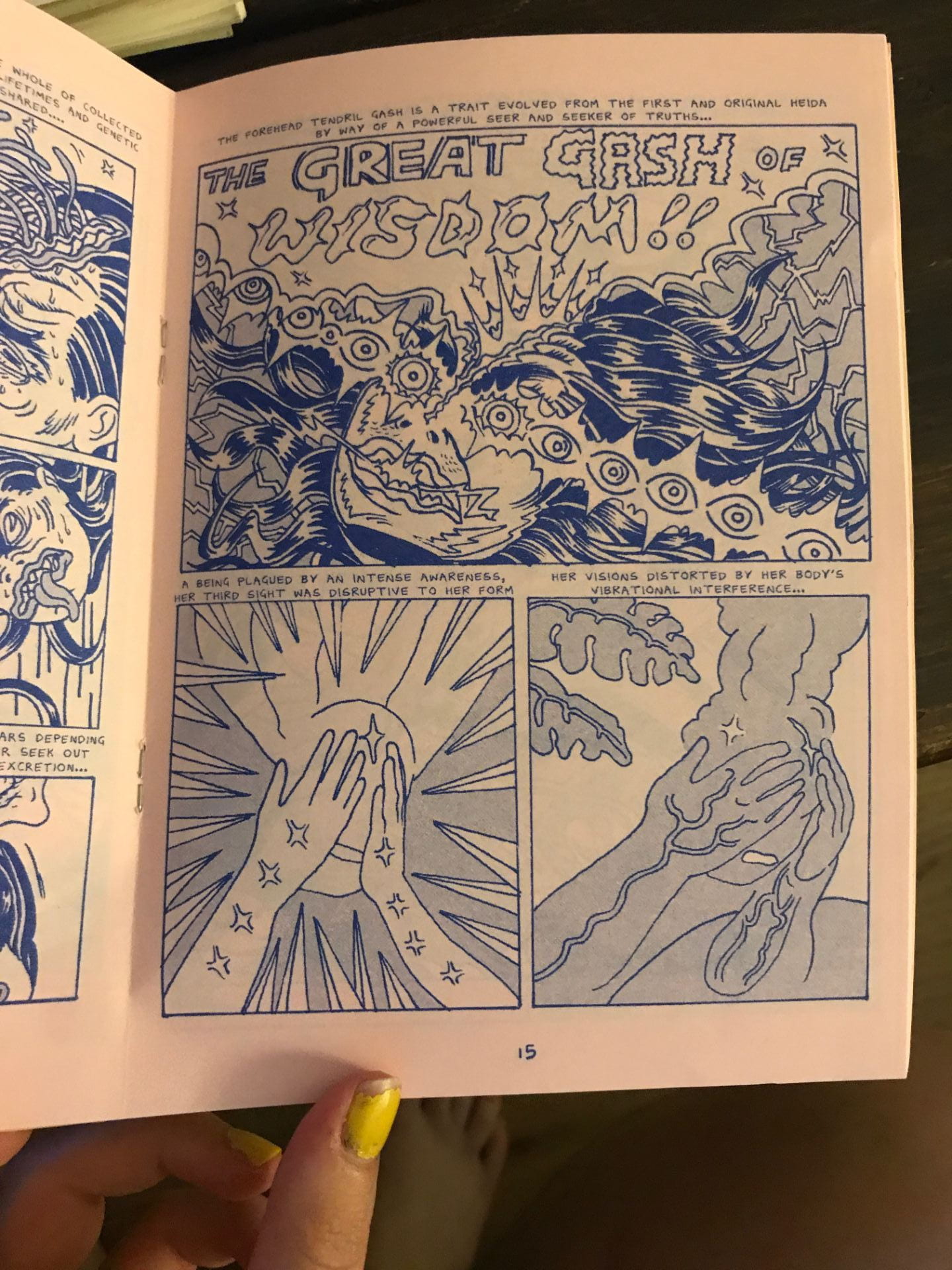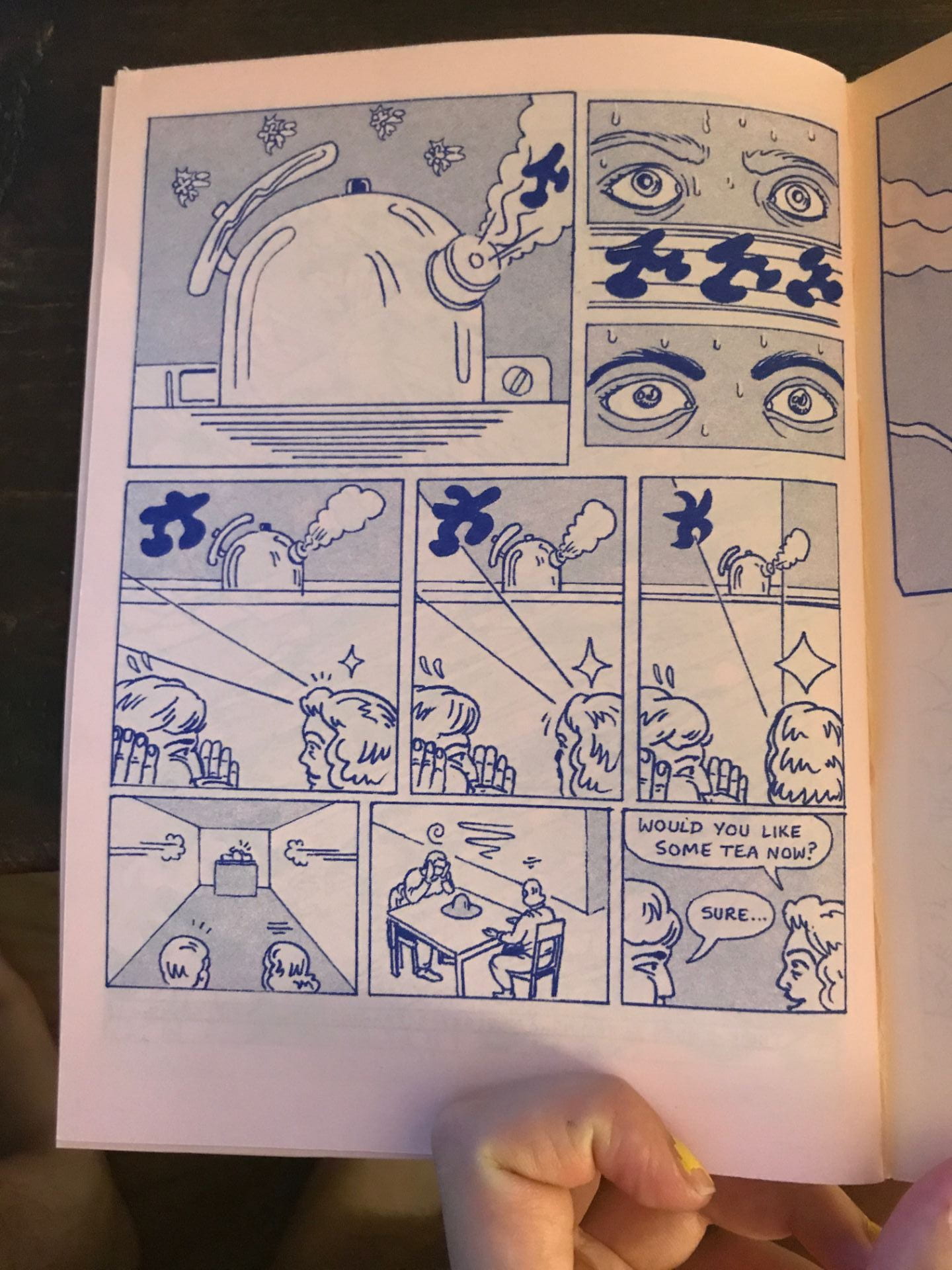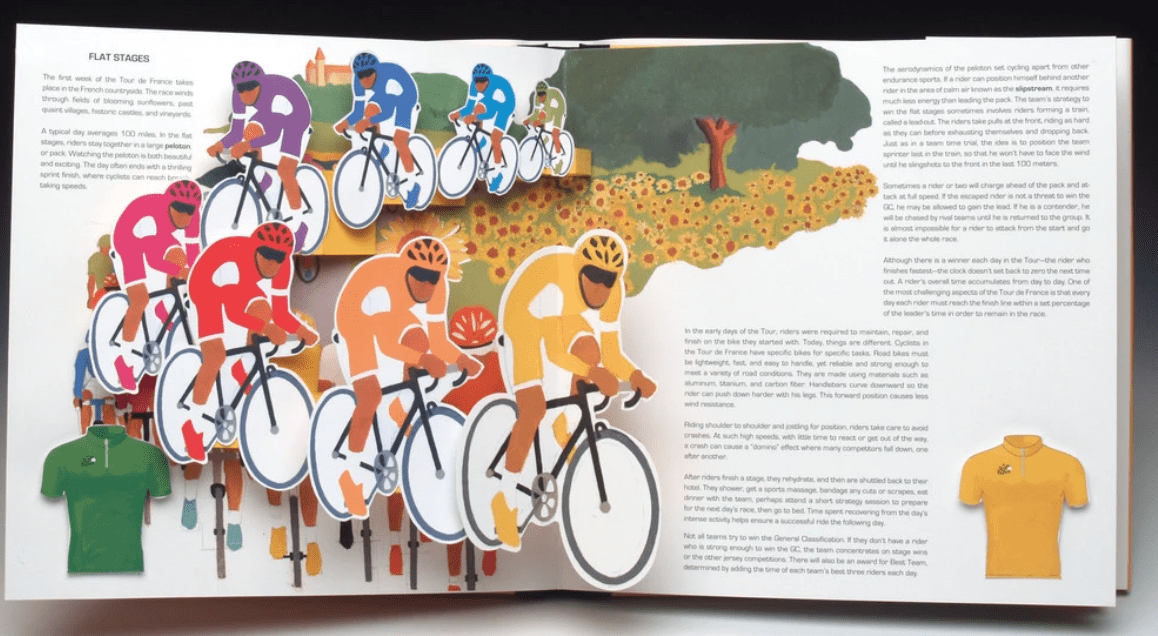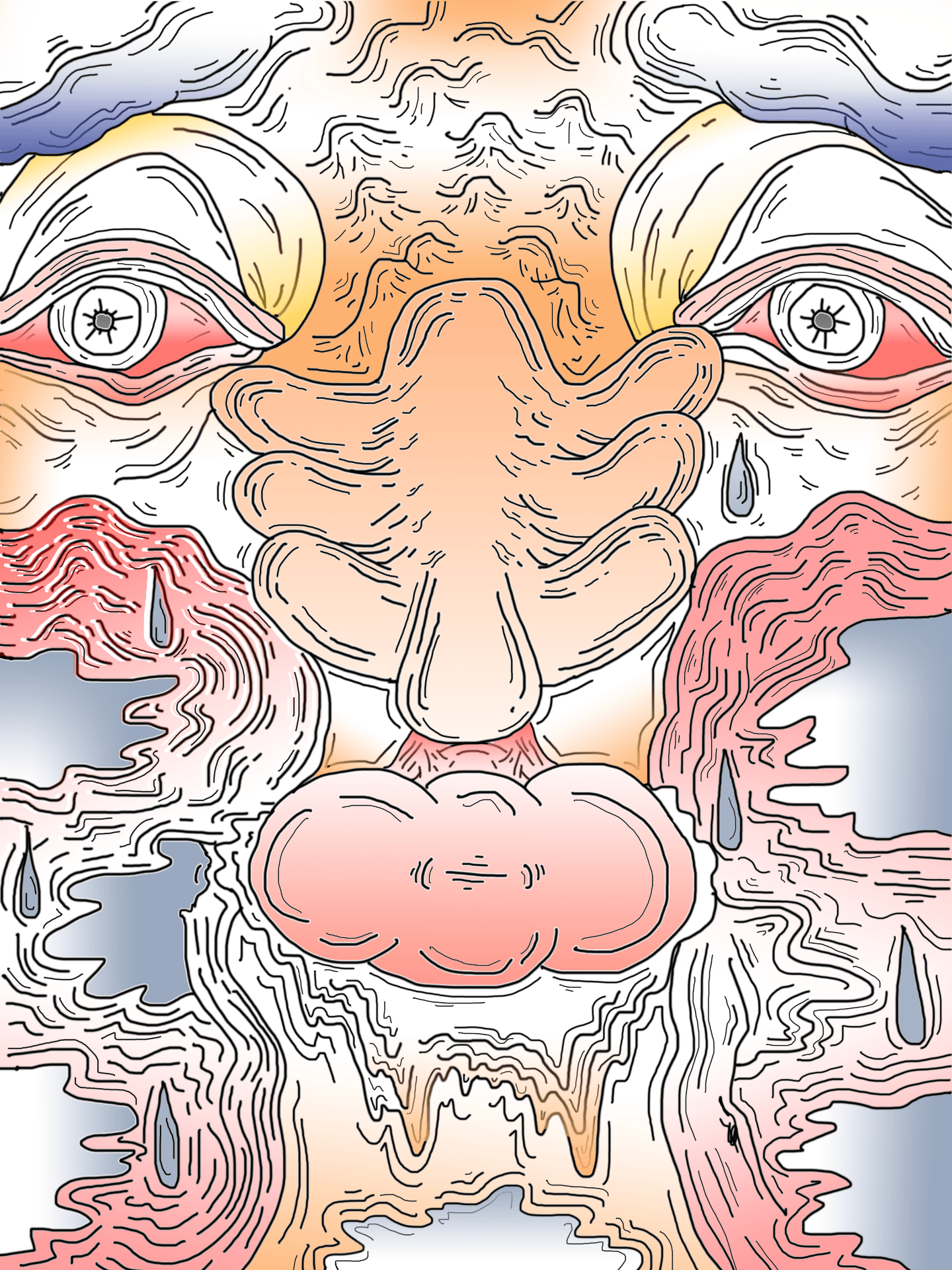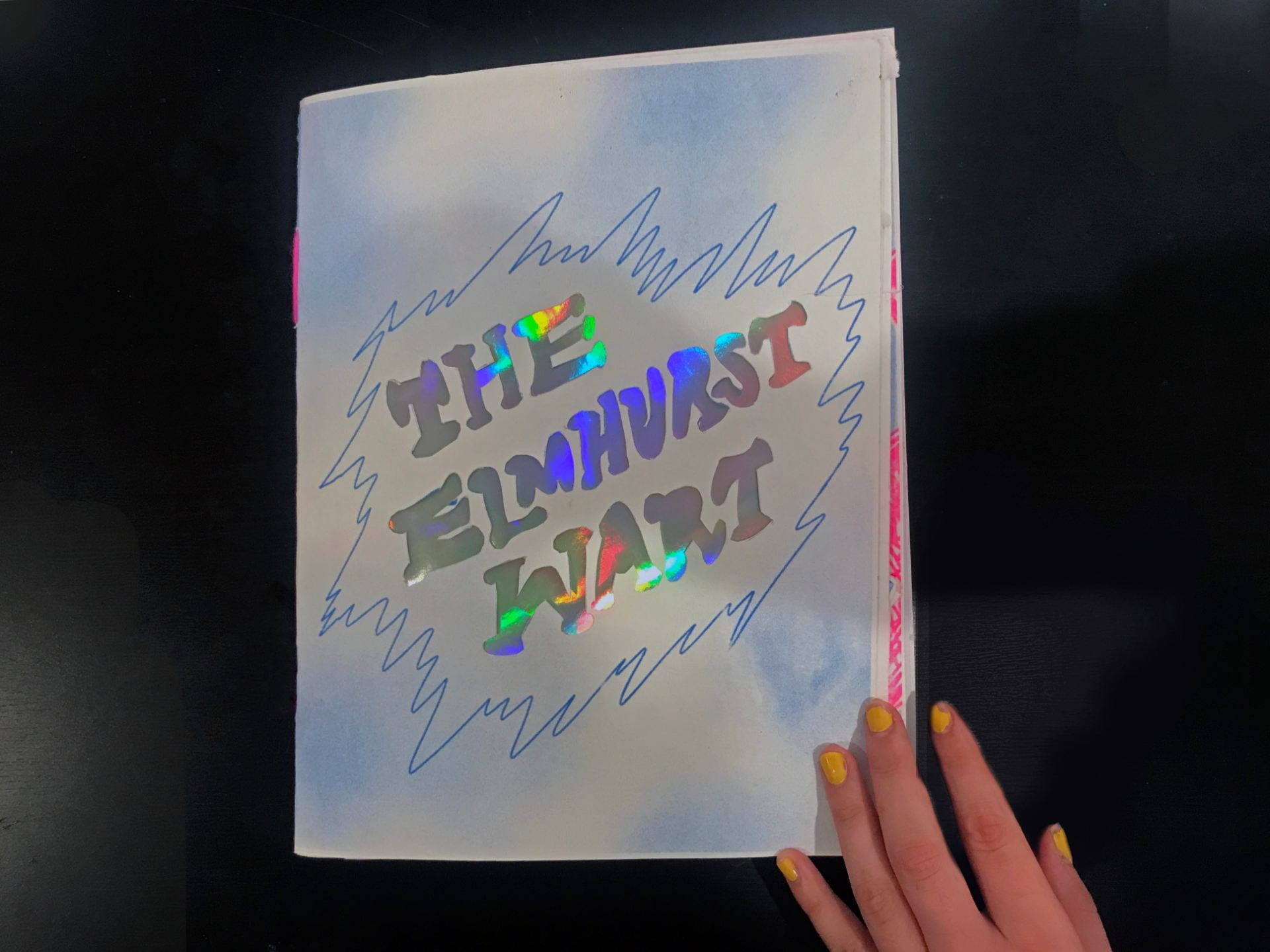Research:
My visual inspiration for this were comics made by Lale Westvind. Her comics were the reason why I decided to use the risograph printer. Her comics don’t have a pop-up element but involve a lot of movement in the illustrations. I wanted to convey that same movement with actual movement using paper and string. The color choices were also largely inspired by her work which uses simple contrasts.
When researching the mechanics of the pop up book, I found it difficult to reach the level of expert paper engineering. After digging through a lot of online research, I found a pop-up Tour De France book with a style that was simple enough to replicate. I recognized that although the design of the pop-ups were simple, they were able to convey a message efficiently. I decided I wanted to create simple pop-ups with a goal of communicating a clear message.
For the story aspect of the pop-up, I was reading a lot of Calvino at the time I wrote this story. I was inspired by his dry humor from one of his short stories titled Love Far From Home and the comical hopelessness of the narrator. In short, the story is about a boy who tells a story of love and lovers that slowly become mundane and meaningless. The narrator of the story wants to appear so grown up and so over the concept of life that it actually becomes funny.
The concept of “3” was implemented with the three dimension, as well as the three double sided spreads that make up the book. In the illustrations themselves, I tried using the rule of three to make an appealing composition. Each page has 3 core elements that make up the spread and drive the narrative forward.
Development:
I started first with the artwork of this project and decided to make a perfect bound book. I decided to use the riso printer to make a stamped-like effect. Most of my notes for the development were in writing in my phone, I had a clear vision of how I wanted the pop-up elements to enhance the story by concealing/revealing certain elements of the story and to embellish certain characters or moments that were important. The rough sketches and notes are attached here:
Writing:
My visual inspiration for this assignment was from a short story I wrote last year. I drew a quick sketch at the time to illustrate one of the main characters of the story. Upon revisiting it, I was inspired to make a full story about it. The full story and image is below:
Intro:
It was an unusually hot day in Elmhurst, Queens. The pavement was sticky, plants wilted, and plastic bags melted into the tops of the branches they dwelled on for months. For most, it was too hot to even look outside.
Just as she rolled over to adjust the A.C., Claire noticed a face appear in her bedroom skylight. At first, she figured it was a heat stroke, but its presence was unmistakable. It was the Elmhurst Wart.
Development:
“Claire,” the Wart called out. “Do you know why I’m here?”
“Yes,” She said.
The Wart had come to change the course of Claire’s future. It was time for Claire to destroy the earth. The Wart explained what she already knew, that the earth was far past its point of repair, and the best thing to do would be to start from scratch. Claire didn’t agree but it was written in her destiny. She grabbed the lever The Wart extended to her, and pulled. Goodbye, earth.
Turn:
Claire shut her eyes. She felt nothing. No pain, no large explosion, just the cool and uneven gale of her A.C. She opened her eyes. The lever didn’t work. The Wart beamed down on her, singing the hairs off her skin.
“What happened?” Asked Claire.
The Wart paused.
“Is this apartment A42?” Asked the Wart.
“A32.”
“Christ.”
There are two Claire’s in the Elmhurst apartment complex off the 7 train.
The lever: pulled.
Earth: still mistakenly alive.
Conclusion:
The Wart apologized, replaced the selected hairs back on Claire’s skin, and made a note to return in the next millennium. How could he be such a screw up? Such a careless idiot? The Wart’s lever gets once in a millennium to destroy earth. How will he explain this to his boss? He’s made a name for himself, the great, “Elmhurst Wart,” and now, nothing. What shame, what embarrassment, what loss. Oh well.
Documentation:

